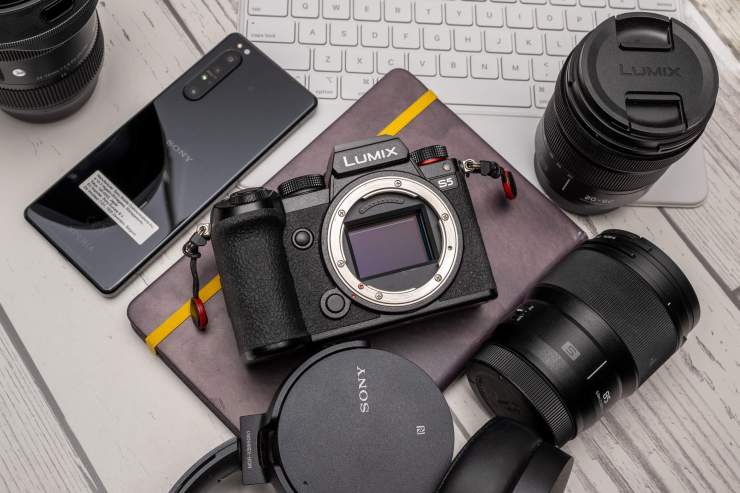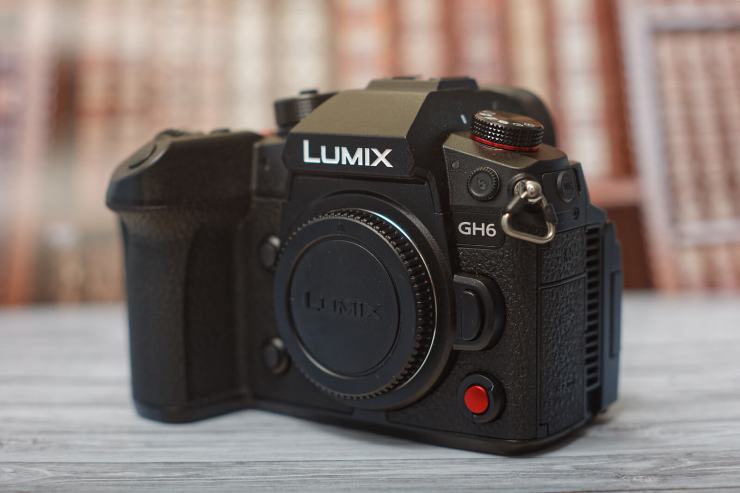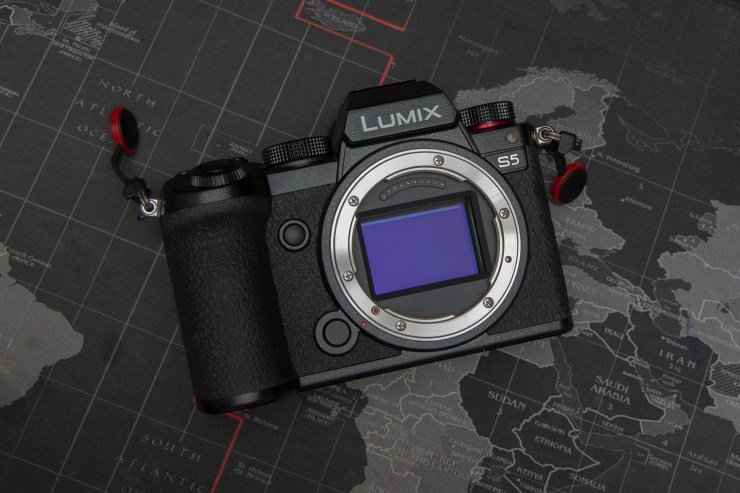While DFD autofocus is fine for stills, it’s far from perfect for video, which is a problem when Panasonic wants to corner the videography market.
Panasonic has tried to sell us on their DFD (contrast detect) autofocus for years. However, the pulsing effect of DFD autofocus can be incredibly off-putting and distracting for those who create videos. While it might take a while to see it in some clips, you can’t unsee it once you notice it.
The complaints around DFD autofocus have been around for as long as I can remember. Still, Panasonic has insisted that DFD autofocus is the future. However, they might finally be realizing that if they want to dominate in the world of mirrorless camera video capture, they might eventually have to adopt PDAF, which we all know as phase-detect autofocus.
A recent article on 4/3 Rumors shares an interview that Imaging Resources had with Panasonic a couple of weeks ago. Many things came to light in the discussion, including the renewed partnership between Panasonic and Leica, Panasonic’s imaging business, which saw a double-digit increase in 2021, and of course, the discussion about PDAF. This will no doubt delight videographers out there.
Is DFD autofocus really that bad?

I have used Panasonic cameras for a long time. In fact, the Panasonic Lumix S5 (read my review here) is one of my favorite full-frame cameras. I used this camera extensively for stills and video.
During my short stint as a YouTube video creator, I had no problems with Panasonic’s DFD autofocus. Admittedly, I tried every trick in the book to mitigate the pulsing effect that so many videographers hate. I had pretty good success. Still, this isn’t to say that the pulsing isn’t an issue because it clearly is; however, it just comes down to how much it bugs you as a creator more than anything else.
.mgl-tiles { display: none; } #mgl-gallery-634eb398d213e { margin: -5px; width: calc(100% + 10px); } #mgl-gallery-634eb398d213e .mgl-box { padding: 5px; } @media screen and (max-width: 768px) { #mgl-gallery-634eb398d213e { margin: -5px; width: calc(100% + 10px); } #mgl-gallery-634eb398d213e .mgl-box { padding: 5px; } } @media screen and (max-width: 460px) { #mgl-gallery-634eb398d213e { margin: -5px; width: calc(100% + 10px); } #mgl-gallery-634eb398d213e .mgl-box { padding: 5px; } }



Fringing and CA are both very well controlled.
You’ll have no issues capturing fast action.



When it comes to stills, Panasonic’s DFD autofocus system is incredibly responsive and very accurate in all lighting conditions. I used the Panasonic Lumix S5 to capture motocross bikes zooming around a dirt track, football players, and more. The contrast-detect autofocus system is A-OK for portraits, landscapes, nature, astrophotography, event, street photography and any other genre of photography. This even rings true for cameras like the GH6 (read our full review here), too. You’ll have no problems with it at all.
With this in mind, I can see why Panasonic wanted to stick with its DFD system. However, times have changed. The market has shifted more toward hybrid content creators who produce both stills and videos. Honestly, millions of content creators now focus on nothing but video, so it’s a smart move on Panasonic’s part to double-down on the hybrid market more than just stills. Ultimately, the video market is one that Panasonic wants to be a leader in. So, it should be no surprise that they’re now looking into PDAF.
What did Panasonic say exactly?

In the interview with Imaging Resource, Panasonic stated that:
“It is a fact that PDAF is one of the elements to improve the AF performance of LUMIX for the future. However, PDAF alone does not improve AF performance, and factors other than PDAF are required to determine ‘which to focus on.’ With PDAF as an AF detection system in mind, we will continue to make every effort to improve the total performance of AF. We are positively studying PDAF for future products. We know that PDAF will enhance the total AF quality, so that’s why we’re actively studying it. We haven’t decided yet though.”
There’s a lot to unpack here. So, yes, Panasonic is indeed looking into PDAF (Phase-Detect Autofocus). However, they have not said they are committing to it, just that they are evaluating all possibilities.

What this means for the future of Panasonic cameras is unclear. However, given that so many hybrid content creators continually choose cameras from Canon, Nikon, Sony, OM SYSTEM and others, despite Panasonic having the best video codecs on the market, is quite telling.
I’ll be the first to tell you that when it comes to video, it’s hard to beat the quality that Lumix cameras produce. If Panny can eliminate its Achilles’ heel by further refining DFD (which it won’t due to the nature of the system) or by adopting PDAF, Panasonic can take its cameras to a new level that will honestly leave the competition behind. Whatever Panasonic chooses to do, it will have to do it quickly because many creators are giving up hope that Panasonic will fix the issue that makes the company the butt of jokes and memes.
What do you think about Panasonic looking into PDAF instead of DFD? Should the company stick to its guns and refine its contrast-detect system, or should it join everyone else by employing phase detect autofocus? Let us know in the comment section below.
Tell your story with the second annual Visual Storytelling Conference!
Experience four days of interactive, online training sessions featuring a range of educational content with experienced photographers and content creators. This free event kicks off with a series of technical boot camps to build essential skills, followed by live, online sessions on photography, video, business and social media. Join live from March 10-13, 2022!
